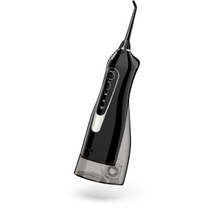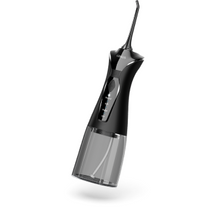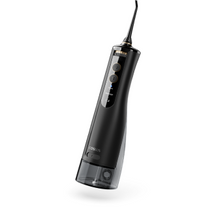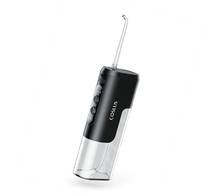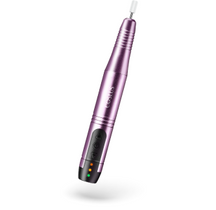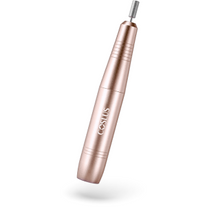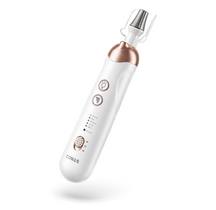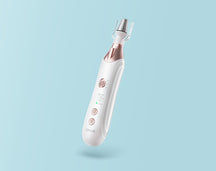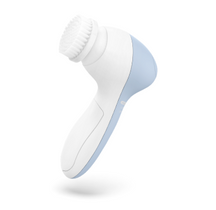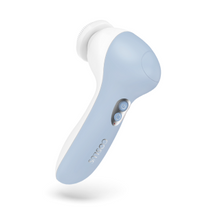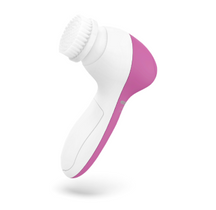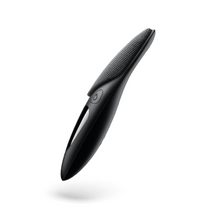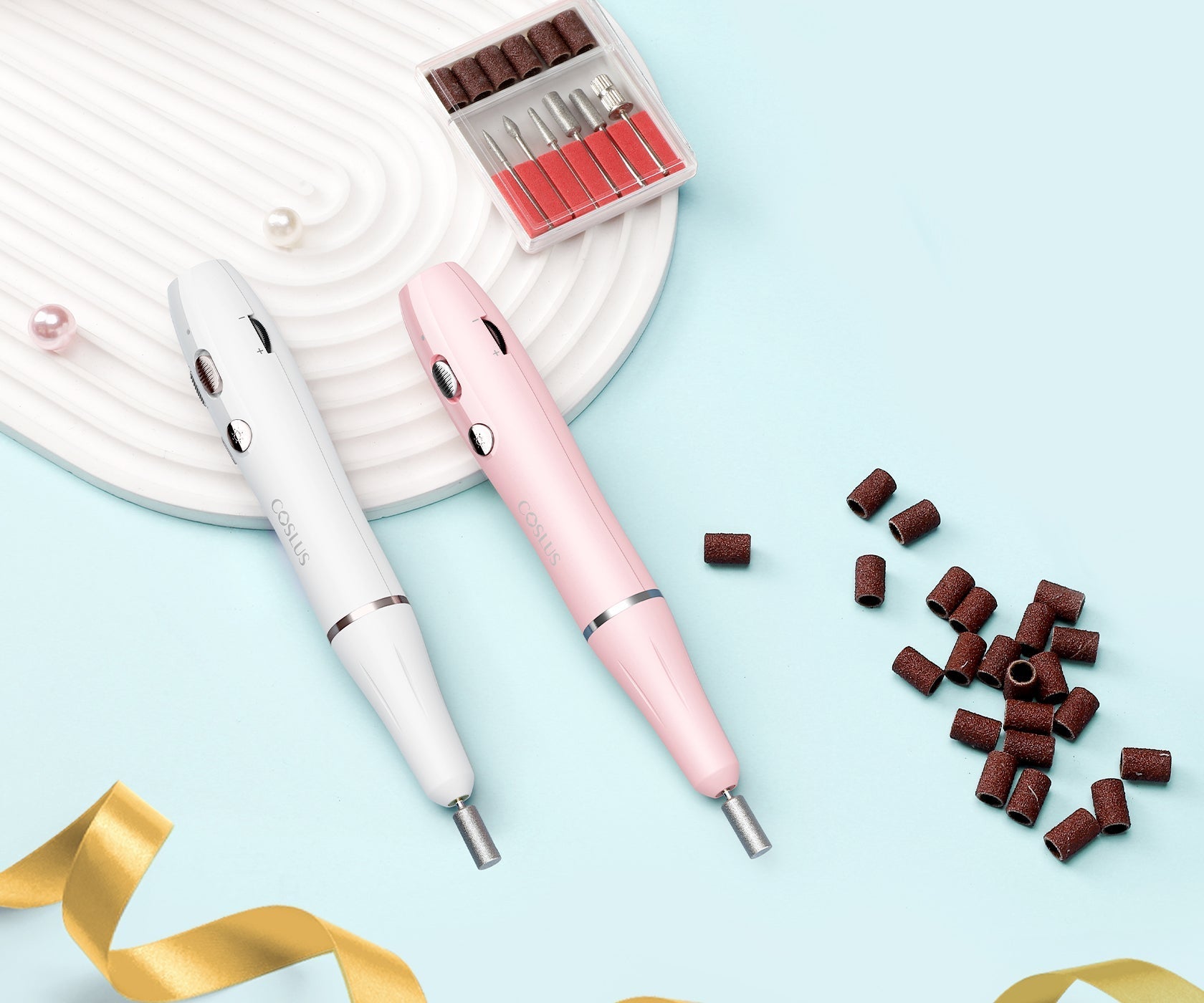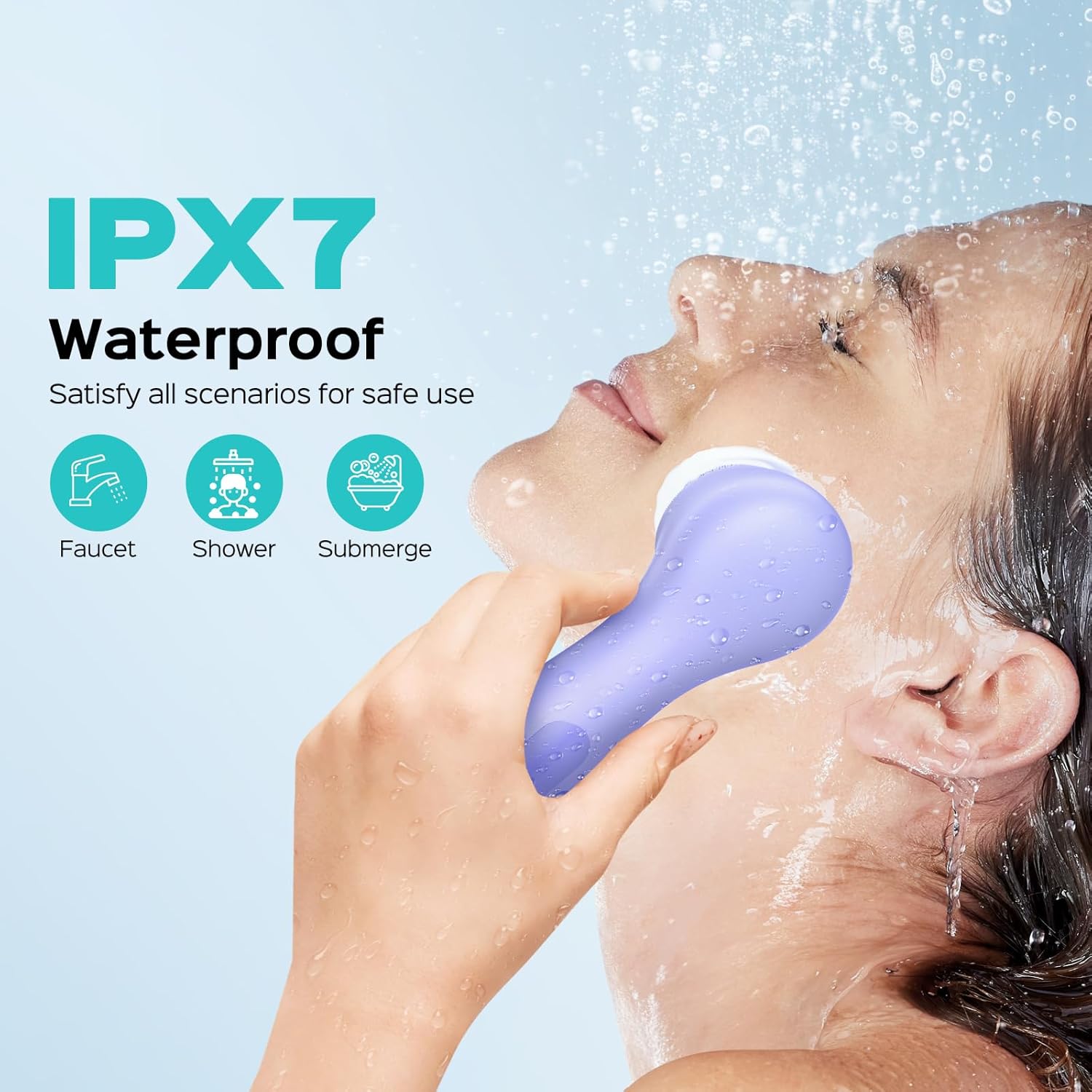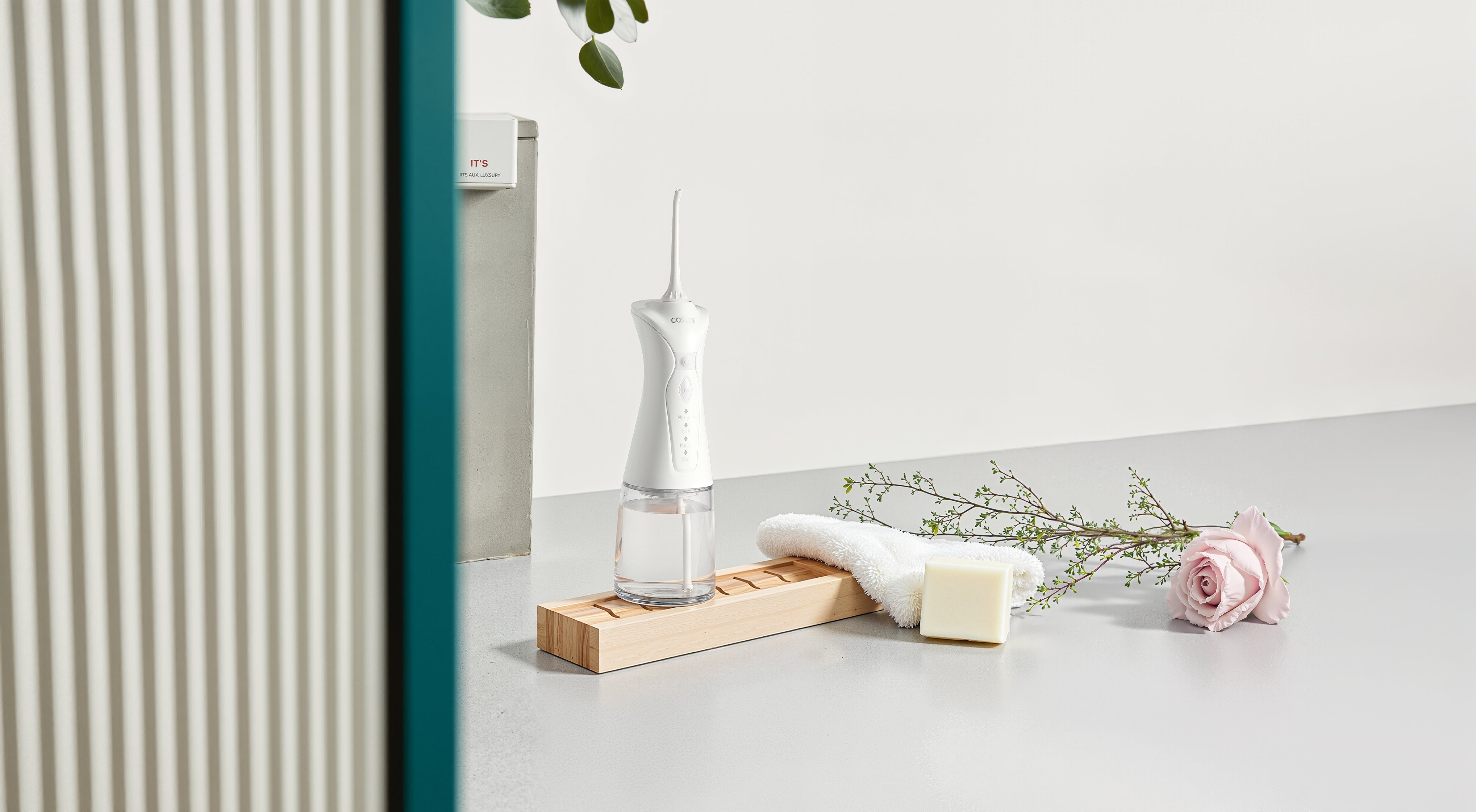
How Often Should You Use a Facial Cleansing Brush?
Quick Answer
Facial cleansing brushes should be used according to your skin type—typically 2-3 times weekly for normal skin, potentially daily for oily skin, but only once weekly for sensitive or dry skin. Using them too frequently can damage your skin barrier, causing redness, dryness, and even breakouts, so start slowly and increase only if your skin responds well. Always use gentle pressure, avoid the eye area, and follow with moisturizer to maximize benefits while preventing irritation.
Introduction
Facial cleansing brushes have become popular tools that clean your skin more deeply than just using your hands. Many people aren't sure how often to use them—using them too much can irritate your skin, but too little might not give you the benefits you're looking for. How often you should use one really depends on your skin type—people with oily skin might do well with more frequent use, while those with dry or sensitive skin should use them less often. When used correctly, these brushes help remove dirt, clear away dead skin cells, and can make your skin look healthier and clearer.
Why Use a Facial Cleansing Brush? Understanding the 6 Benefits
Wondering if a facial cleansing brush is worth adding to your routine? These popular tools do more than just clean your face. Here's what makes them special:
- Gets the Deep Dirt: Your fingers just can't reach everything. These brushes dig deeper into pores to wash away stubborn dirt, makeup, and oil that regular washing leaves behind.
- Scrubs Away Dead Skin: We all have dead skin cells making our face look dull. The brush gently sweeps them away, revealing the fresh, glowing skin underneath without harsh scrubbing.
- Evens Out Your Skin: Noticed patches of uneven color on your face? Regular brush use helps balance your skin tone over time, giving you a more uniform complexion.
- Makes Products Work Better: Ever feel like your expensive serums just sit on top of your skin? After using a cleansing brush, your skincare products can actually sink in and do their job properly.
- Boosts Blood Flow: The gentle massage from the brush brings blood to the surface of your skin and helps drain puffiness. Many users notice their skin looks more alive and refreshed after use.
- Fights Off Breakouts: By keeping pores clean and clear, these brushes help stop acne before it starts. Clean pores simply mean fewer chances for pimples to form.
Regular use of facial brushes can also effectively remove blackheads by deeply cleaning pores and clearing away the oil and debris that cause them.
The Golden Rule: Finding Your Skin's Sweet Spot for Brush Usage
Having learned the benefits of facial cleansing brush use, you might be asking yourself how often to use one. Finding the right frequency is like finding the right balance—too much will make your skin irritated, too little will not yield results.
What the Experts Suggest
Most dermatologists suggest using your facial brush 2-3 times a week for most people. This gives you a deep clean without doing too much, finding a great balance for most skins.
Take It Slow at First
If you're new to facial brushes, don't start with a daily routine. Start once or twice a week and see how your skin does. Notice any redness or irritation? That's your cue to step back. Skin is looking fabulous? Then you might be able to start gradually increasing its frequency of use.Understanding when to use a facial cleansing brush is essential for maintaining healthy skin and avoiding irritation.
Your skin is trying to tell you something—are you listening?
Pay attention to the feeling on your face after brushing. Irritation, redness, or flaky spots signal "slow down!" However, if your skin remains dull or your pores remain clogged, you can brush a bit more frequently.
What Affects Your Ideal Schedule
We're all unique, and several things determine your perfect brush regimen: your skin type (oily skin can handle more frequent usage), the quality of brush you have (sonic or manual), the softness of the bristles, and simply how sensitive your skin is to begin with.
How Often to Use a Facial Cleansing Brush Based on Your Skin Type
Your skin type largely determines how often you should use a facial cleansing brush. Here's a simple guide to help you find what works best for your specific needs:
| Skin Type | Recommended Frequency | Key Tips |
| Normal Skin | 2-3 times per week |
|
| Combination Skin | 2-3 times per week |
|
| Oily Skin | Every other day to daily |
|
| Dry Skin | 1-2 times per week maximum |
|
| Sensitive Skin | Once per week or less |
|
Remember that these are starting points. Always listen to your skin and adjust accordingly—the perfect routine is one that gives you benefits without irritation.
Signs You're Overusing Your Facial Cleansing Brush (And How to Recover)
Even with the best intentions, it's easy to get carried away with your facial brush. Using it too frequently or too aggressively can damage your skin's protective barrier. Watch for these warning signs that indicate you need to scale back:
6 Red Flags Your Skin Is Sending
1. Persistent Redness and Irritation: If your skin stays red and irritated long after cleansing, your brush usage is likely too frequent or too harsh. Occasional mild flushing is normal, but redness that lasts for hours is not.
2. Unusual Dryness and Flaking: Notice new dry patches, flaking, or a tight, uncomfortable feeling? Your brush might be stripping away too much of your skin's natural oils, compromising its moisture barrier.
3. Surprising Breakouts: Counter-intuitively, overexfoliation can actually cause more pimples. When you damage your skin barrier, bacteria can enter more easily, leading to inflammation and breakouts where you didn't have them before.
4. Heightened Sensitivity: If products that never bothered you before suddenly sting or burn, your skin barrier has likely been weakened by too much physical exfoliation.
5. Unusually Shiny Skin: A strange, tight shininess (different from a healthy glow or natural oil) often indicates your skin's outer layer has been compromised from overexfoliation.
6. Disrupted pH Balance: Healthy skin maintains a slightly acidic pH. Overusing your brush can alter this balance, making your skin more vulnerable to bacteria and environmental damage.
Your Skin Recovery Plan
If you recognize these signs, here's how to help your skin heal:
- Stop using the brush immediately. Give your skin a complete break from all forms of exfoliation—both physical and chemical.
- Simplify your routine drastically. Switch to a gentle, fragrance-free cleanser and a basic, soothing moisturizer with minimal ingredients.
- Focus on barrier repair. Look for products containing ceramides, hyaluronic acid, and panthenol, which help rebuild your skin's protective layer.
- Be patient. Depending on the damage, your skin may need 2-4 weeks to fully recover.
- Reintroduce very gradually. If you decide to use the brush again, start with just once every 1-2 weeks, using the gentlest setting and softest brush head available.
Remember, more exfoliation doesn't always mean better results. Your skin needs its protective barrier intact to look and feel its best.
7Best Practices: How to Use Your Facial Cleansing Brush Correctly
Getting the most from your facial cleansing brush isn't just about frequency—technique matters too. Adhere to these steps for safe, effective cleaning that's optimal for benefits but low in possible irritation:
Step 1: Remove All Makeup First
Always start anew. Use a different remover or cleaning oil before handling your brush against your skin. Putting your brush on makeup-stained skin can push cosmetics deeper into pores, causing clogs and breakouts.
Step 2: Prepare Your Cleanser
Choose a mild, pH-neutral cleanser with no harsh chemicals or perfume. Use it on your wet face or directly onto your wet brush head. Avoid foaming cleansers with sodium lauryl sulfate, as it is too harsh when paired with a brush.
Step 3: Use a Light Touch
Let the brush do the work, not your arm muscles. Move the brush in a circular motion gently, and don't press the brush firmly against the skin. The bristles need gentle contact in order to work well; pressing harder won't produce better results and may cause irritation.
Step 4: Time It Right
Most professionals suggest keeping your brush time at around 60 seconds overall. That's approximately 15-20 seconds per facial area (forehead, each cheek, nose/chin). Many electronic brushes have timers to avoid overbrushing. If unsure, better to err on the side of caution.
Step 5: Protect Delicate Areas
Do not allow the brush to touch the area around your eyes, including eyelids and the delicate skin underneath your eyes. Both are too sensitive for brush exfoliation and easily irritated or damaged.
Step 6: Rinse Well
Rinse your face thoroughly with lukewarm (not hot) water to remove all cleanser residue. Pat—not rub—your face dry with a clean towel.
Step 7: Follow With Your Skincare
Apply your serums, treatments, and moisturizer immediately upon washing when your skin is most receptive. Products penetrate more efficiently after brushing cleansing.
Evening is generally ideal for brush cleansing. It removes the day's accumulated dirt, oil, and pollution, preparing your skin for nighttime repair. Morning cleansing is typically gentler, as your skin doesn't need as much exfoliation after sleeping. Understanding the correct techniques for using a facial brush is essential for achieving healthy, glowing skin.
5 Common Questions About Facial Cleansing Brushes: Your FAQ Guide
Q1: Can I use a facial cleansing brush every day?
No - daily usage is not recommended for most people. Combination or normal skin can be used 2-3 times a week. Oily skin can tolerate daily usage, while dry or sensitive skin should use it weekly. Start less frequently and only increase if your skin is still unirritated.
Q2: What kind of cleanser should I use with my brush?
Gentle, pH-balanced cleansers without harsh ingredients work best. Avoid cleansers containing scrubbing particles (e.g., microbeads) as these will over-exfoliate when used with a brush. Use a cream or gel cleanser. Avoid rough foaming cleansers containing sodium lauryl sulfate, which will strip your skin when used with brush exfoliation.
Q3: Will a cleansing brush make my pores smaller?
No - cleansing brushes can't really reduce the size of pores (size is largely genetic), but they can cause pores to appear smaller by cleaning them. When pores are clean, dirt, oil, and dead skin cells don't plug them up, so they're less noticeable. Frequent cleansing prevents the accumulation that causes pores to look larger from happening.
Q4: Is it normal to break out when first using a cleansing brush?
Yes - a temporary "purging" period will occur in some users. Open pores now will reappear as breakouts during the first 1-2 weeks. However, if breakouts continue beyond this time period, become excessively inflamed, or appear in new areas, your skin is likely irritated as a result of overuse. Reduce frequency or stop using the brush.
Q5: How do I choose the right brush head?
Select according to your skin type. For dry or sensitive skin, employ the very finest bristles available (generally tagged "sensitive"). Ordinary skin can use medium-soft bristles. Oily skin can quite often tolerate slightly stiffer bristles. Begin with the mildest variety provided by your brush system and move to firmer ones only if required and tolerable.
Use Your Facial Brush the Right Way for Healthy, Glowing Skin
Finding your perfect cleansing brush routine doesn't have to be complicated. The secret is balance—use it enough to get the benefits but not so much that your skin gets irritated. For most people, that sweet spot is 2-3 times a week, but your skin type matters. If you have sensitive or dry skin, once a week might be plenty. Oily skin? You might handle every other day. Start slow and watch how your skin responds—it'll tell you if you need to dial it back or if you can do more. Remember, technique matters just as much as frequency—use gentle circular motions, avoid the eye area, and always follow with moisturizer. Your skin deserves care, not punishment! Give it the right amount of exfoliation, and you'll see clearer, healthier skin that makes you feel great about your reflection.
Table of Contents
- Quick Answer
- Introduction
- Why Use a Facial Cleansing Brush? Understanding the 6 Benefits
- The Golden Rule: Finding Your Skin's Sweet Spot for Brush Usage
- How Often to Use a Facial Cleansing Brush Based on Your Skin Type
- Signs You're Overusing Your Facial Cleansing Brush (And How to Recover)
- 7Best Practices: How to Use Your Facial Cleansing Brush Correctly
- 5 Common Questions About Facial Cleansing Brushes: Your FAQ Guide
- Use Your Facial Brush the Right Way for Healthy, Glowing Skin
Table of Contents
- Quick Answer
- Introduction
- Why Use a Facial Cleansing Brush? Understanding the 6 Benefits
- The Golden Rule: Finding Your Skin's Sweet Spot for Brush Usage
- How Often to Use a Facial Cleansing Brush Based on Your Skin Type
- Signs You're Overusing Your Facial Cleansing Brush (And How to Recover)
- 7Best Practices: How to Use Your Facial Cleansing Brush Correctly
- 5 Common Questions About Facial Cleansing Brushes: Your FAQ Guide
- Use Your Facial Brush the Right Way for Healthy, Glowing Skin


